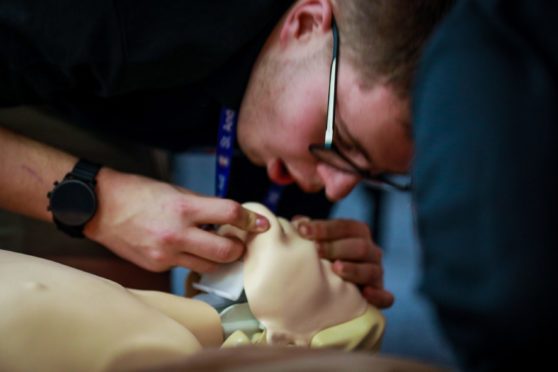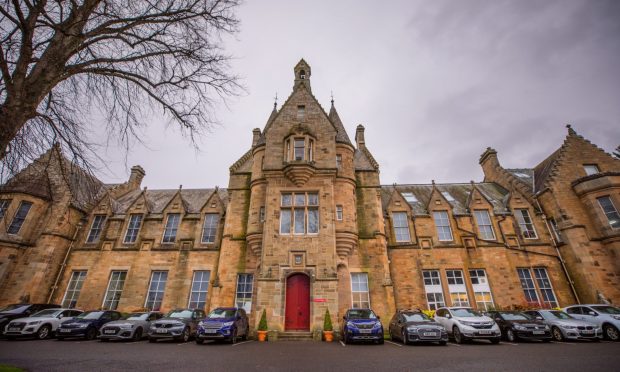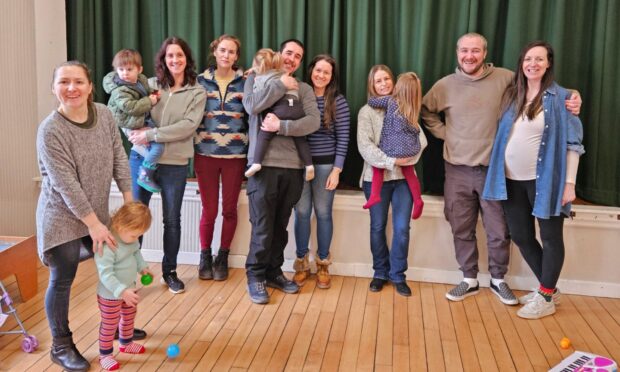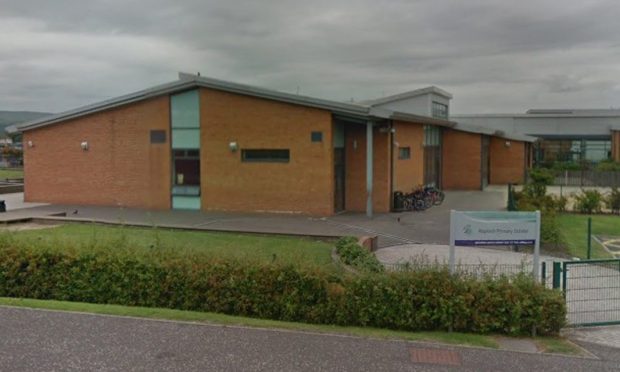Do you know how to perform CPR on on a child or a baby?
Cardiac arrests are rare in young children, but unfortunately do happen and it’s better to be prepared in case an emergency happens.
According to the British Red Cross, who provide guidance and advice on doing first aid, it is important to use a different technique on small children.
CPR can be lifesaving when used, especially when combined with a defibrillator.
However like CPR, defibrillators need to be modified to allow them to be used effectively on children.
Dundee first aid experts Robyn and Sean Duffy gave us their top tips for using the lifesaving equipment.
The process of performing first aid on children is similar to an adult and a teenager, however the hand placements vary.
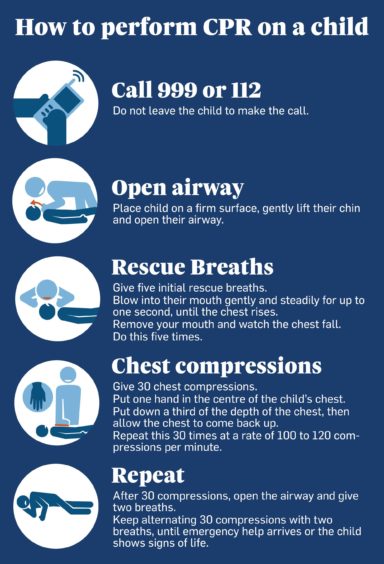
Here’s how to perform CPR on a child over the age of one
CPR differs on younger children where the child’s chest is too small for you to use both hands when doing compressions.
The British Red Cross recommend this method is used on children aged one to puberty.
First you’ll have to check if they are breathing by tilting their head back to open their airways. With your ear to their mouth, listen for breaths and watch to see if their chest rises.
If they are unresponsive, ask someone to call an ambulance. If you’re on your own, call for emergency services before attempting CPR.
Rescue breaths are not advised because of Covid-19 however these can be done by tilting their head back, sealing your mouth over theirs and pinching their nose.
Where these are used, they are done in a cycle of 30 chest compressions followed by two rescue breaths until help arrives.
Blow five times into the child’s mouth as this tops up the oxygen levels in their blood.
To do compressions, make sure the child is on their back, place the heel of one hand on the lower half of the breastbone, in the centre of their chest.
Press firmly down on the child’s chest and release, again at a rate of 100 compressions per minute.
CPR on a child under the age of one
Infants require a different method of CPR to be used.
A baby is unresponsive if they are not moving and do not respond to calls, or their foot being tapped.
The only step which requires modification for babies aged one and under is the hands.
With the child on their back, place two fingers on the lower half of the centre of their chest.
A defibrillator can also be used on a child but will require modification.
Press down firmly and release the pressure, again at a rate of 100 compressions per minute until help arrives.
